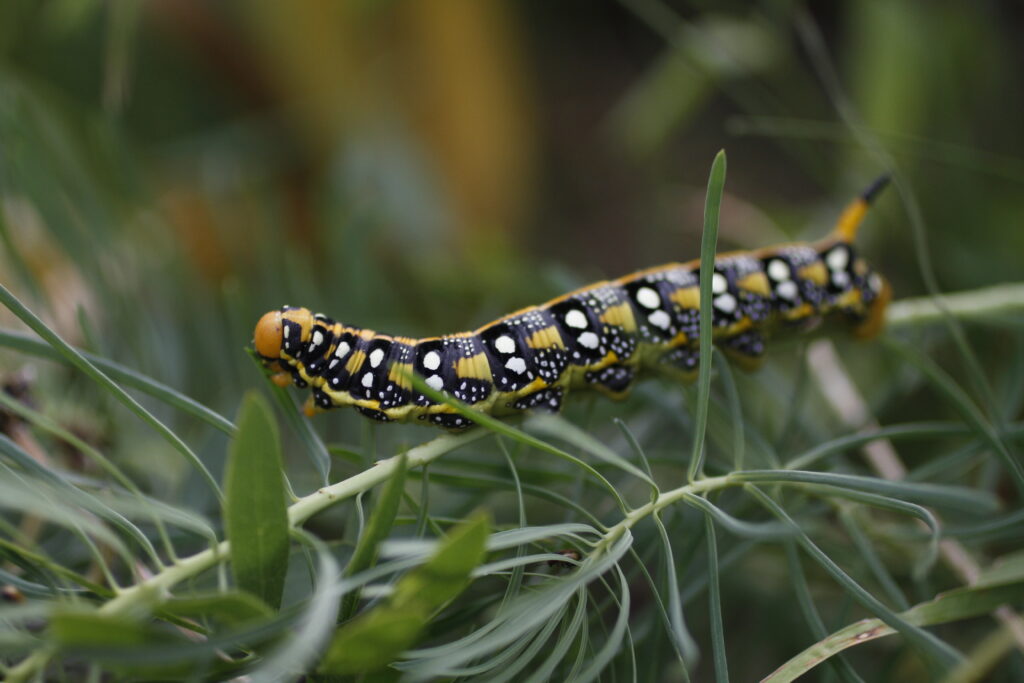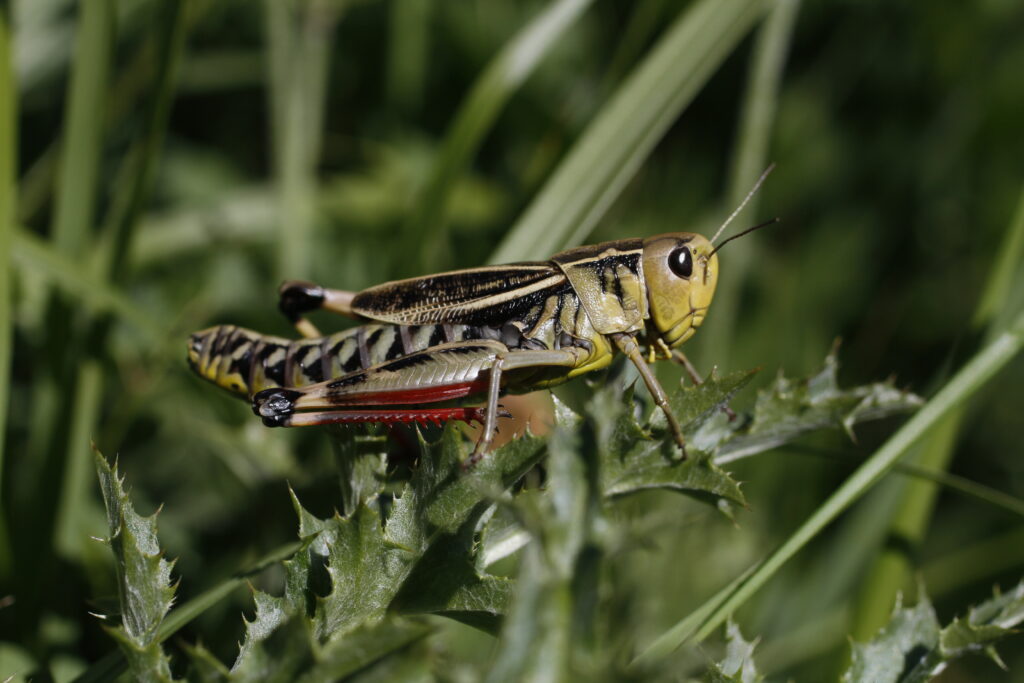Welcome to the Bug–Network (BugNet)!
We are a global collaborative research network that aims to assess the importance and impact of invertebrate herbivores and pathogenic fungi on plant communities and ecosystems.
We have a number of collaborators all around the world but we are still looking for more! If you are interested in contributing to our understanding of the importance and context-dependency of biotic interactions, and would like to set up an exclusion experiment in your area for the long-term experimental study, please contact us! Participation in the comparative study is no longer possible.
The BugNet is run out of the University of Bern, the WSL Institute for Snow and Avalanche Research SLF and the Oeschger Centre for Climate Change Research OCCR (Switzerland).

Background
A lot of theory predicts that consumer impact varies across environmental gradients. Impact is likely to depend on abiotic conditions at large spatial scales such as climate (latitude, altitude) and plant productivity, but also on abiotic and biotic drivers operating at smaller spatial scales, such as plant diversity and soil fertility (bottom-up) and predator abundance (top-down).
Our understanding of how consumer communities and their impact varies across environmental gradients is surprisingly limited. Existing studies differ substantially in methodology, making generalities across large scales difficult, which calls for comparative approaches that implement standardised protocols across sites. This is particularly important if we are to understand how global change drivers, such as climate and land use change, will alter consumer communities and their functioning.
BugNet aims
- To collect data on plant- and invertebrate functional community characteristics to investigate how the functional composition of invertebrate communities changes along abiotic and biotic gradients.
- To set up identical invertebrate herbivore and fungal exclusion experiments to quantify plant community and ecosystem responses to insects, molluscs and fungal pathogens in a wide range of herbaceous-dominated ecosystems, such as desert grasslands to arctic tundra, but also heathlands or Mediterranean shrublands.

